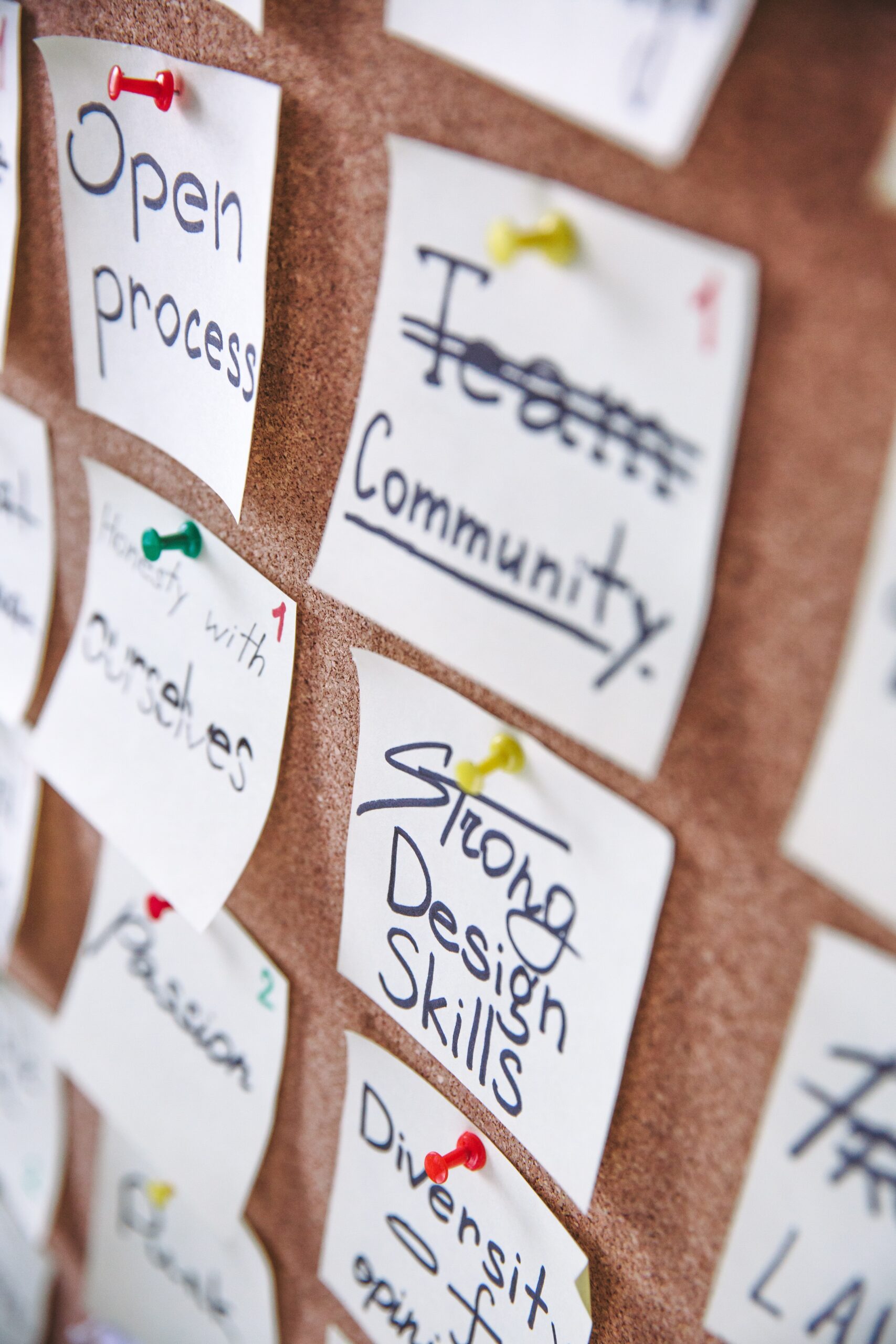
Design thinking is a problem-solving approach that focuses on understanding the user’s needs and developing solutions that meet those needs.
According to the IBM CEO study, creativity is becoming the most crucial leadership skill in today’s rapidly changing business environment.
Design thinking has emerged as a popular framework used by designers, developers, and businesses to create innovative solutions. In this blog, we will discuss the five stages of design thinking and how it works.
5 Stages of Design Thinking:
-
Empathize:
The first stage of design thinking is to empathize with the user. This involves understanding the user’s needs, wants, and problems. It is essential to put yourself in the user’s shoes and see the problem from their perspective. This stage requires conducting user research, surveys, and interviews to gain a deeper understanding of the user’s needs.
Empathy is a critical stage of design thinking as it helps to establish a connection with the user. It allows the designer to gain a better understanding of the user’s perspective and how they feel about the problem. Empathy is not only limited to understanding the user’s needs but also their emotions, motivations, and behaviours.
-
Define:
The second stage of design thinking is to define the problem. This involves synthesizing the data gathered during the empathize stage and creating a problem statement. The problem statement should be concise, clear, and specific to ensure that the solution addresses the user’s needs.
Defining the problem is essential as it sets the foundation for the rest of the design thinking process. It helps to focus the designer’s efforts on developing a solution that addresses the user’s needs. The problem statement should be broad enough to allow for creativity but specific enough to ensure that the solution meets the user’s needs.
-
Ideate:
The third stage of design thinking is to ideate. This involves brainstorming and generating ideas for potential solutions. The goal is to generate as many ideas as possible without any judgment or criticism. It is essential to encourage creativity and collaboration during this stage.
Ideation is an essential stage of design thinking as it allows for the development of a wide range of potential solutions. It is essential to approach ideation with an open mind and to encourage creativity and collaboration. It is important to avoid judging or criticizing ideas during this stage as it can stifle creativity and limit potential solutions.
-
Prototype:
The fourth stage of design thinking is to create a prototype. This involves creating a low-fidelity or high-fidelity model of the solution. The prototype should be tested with users to gather feedback and ensure that the solution meets their needs.
Prototyping is an essential stage of design thinking as it allows for the creation of a physical representation of the solution. It provides the designer with a tangible product that can be tested and refined. It is important to test the prototype with users to gather feedback and ensure that the solution meets their needs.
-
Test:
The fifth and final stage of design thinking is to test the prototype. This involves testing the prototype with users and gathering feedback. The feedback is used to refine the solution and make any necessary changes.
Testing is an essential stage of design thinking as it allows for the refinement of the solution. It is important to gather feedback from users and incorporate it into the solution. It is essential to approach testing with an open mind and to be willing to make changes to the solution.
How Design Thinking Works:
Design thinking is a human-centred approach to problem-solving that encourages creativity and collaboration. It involves understanding the user’s needs and developing solutions that meet those needs. Design thinking works by breaking down the problem into smaller parts and analyzing each part individually. This allows for a more comprehensive understanding of the problem and ensures that the solution addresses the user’s needs. Design thinking also emphasizes the importance of iteration and feedback, which allows for the refinement and improvement of the solution.
Benefits of Design Thinking:
Design thinking has several benefits for businesses and organizations. It helps to foster creativity and innovation, encourages collaboration and teamwork, and leads to the development of solutions that meet the user’s needs. Design thinking also helps to identify new opportunities and improve customer experience, which can lead to increased customer satisfaction and loyalty.
Conclusion:
Design thinking is a powerful problem-solving approach that has gained popularity in recent years. It is a human-centred approach that focuses on understanding the user’s needs and developing solutions that meet those needs. The five stages of design thinking – empathize, define, ideate, prototype, and test – provide a comprehensive framework for developing innovative solutions. Design thinking encourages creativity, collaboration, and iteration, which leads to the development of solutions that meet the user’s needs. At Coding Brains, we use design thinking to create innovative and effective solutions for our clients.


Leave a Reply